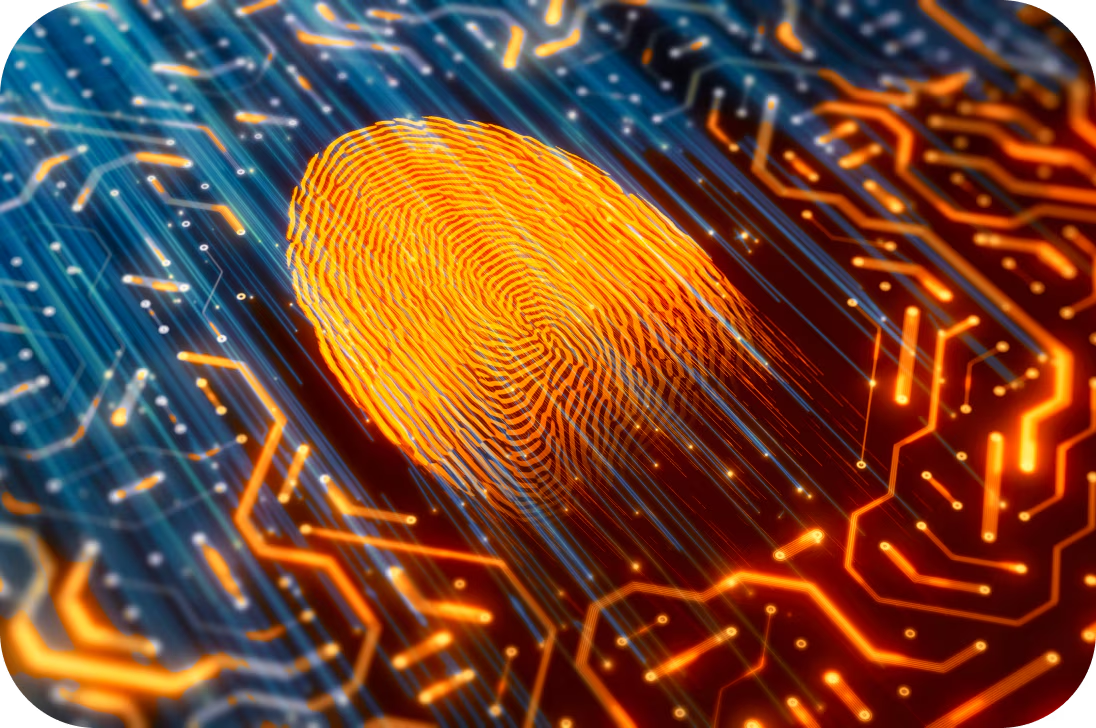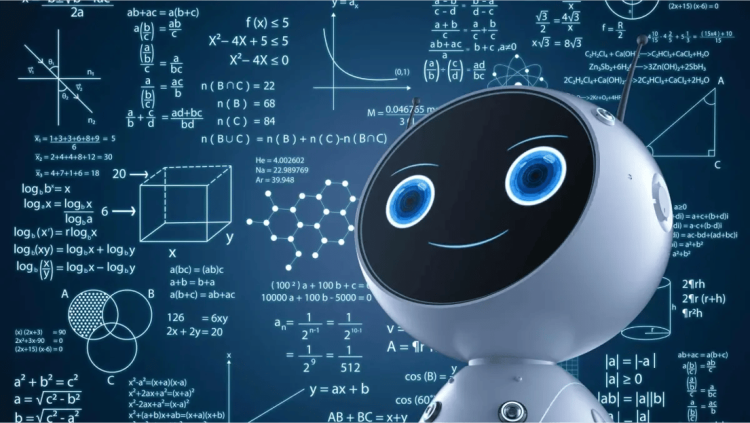In an era dominated by artificial intelligence, machine learning, and automated decision-making, a provocative question emerges: Can you sue an algorithm? As algorithms increasingly govern everything from loan approvals and hiring decisions to criminal sentencing and social media content moderation, understanding their legal accountability—or lack thereof—is vital.
This article explores the intricate intersection of law, technology, and ethics to answer this pressing question. We’ll dissect the legal frameworks surrounding algorithms, delve into real-world cases, and ponder the future of algorithmic accountability.
The Rise of Algorithms in Decision-Making
Algorithms are no longer confined to spreadsheets or basic calculations. They have evolved into complex, self-improving systems embedded deeply within the societal fabric. Consider these everyday examples:
- Credit scoring systems determining who gets a loan.
- Predictive policing tools influencing law enforcement priorities.
- Hiring algorithms screening thousands of job applications.
- Social media algorithms shaping public discourse by filtering content.
The efficiency and scale these algorithms offer are revolutionary. Yet, their opacity, bias, and errors introduce challenges that traditional legal frameworks struggle to address.
Why Sue an Algorithm? The Challenge of Accountability
When an algorithm causes harm—be it discrimination, financial loss, or violation of rights—victims naturally seek recourse. The instinct is to sue the responsible party. But who is truly responsible?
Unlike a human or corporation, an algorithm:
- Is not a legal person.
- Lacks consciousness or intent.
- Is often proprietary, with limited transparency.
This raises the question: can an algorithm itself be held liable? The short answer is no—algorithms, as software code, cannot be sued like humans or corporations. Legal systems currently do not recognize software or AI as entities with rights or responsibilities.
Who, Then, Can Be Sued?
If not the algorithm, then who?
1. The Developer or Programmer
The creators of the algorithm can sometimes be held accountable, particularly if negligence or malpractice is proven. However, this is complicated by:
- The “black box” nature of many AI models, especially deep learning, where even developers cannot fully explain decisions.
- The complexity of collaborative development involving multiple teams, open-source contributions, or third-party data.

2. The Deploying Entity or Organization
More commonly, lawsuits target the company or organization deploying the algorithm. For example:
- A bank using an algorithm that unlawfully discriminates against loan applicants may be sued for violating anti-discrimination laws.
- A social media platform deploying an algorithm that promotes harmful content could face liability claims.
3. The Data Providers
In some cases, those who supply biased or flawed data might be partially responsible if they knowingly distort inputs to manipulate outcomes.
Legal Theories and Frameworks Relevant to Algorithms
To understand if and how one can sue over algorithmic harm, it helps to explore the existing legal doctrines.
Negligence
If an organization failed to exercise reasonable care in designing, testing, or deploying an algorithm, and harm resulted, it could be liable under negligence principles.
Product Liability
Algorithms can be seen as products, and defective products that cause injury may trigger liability claims. However, the intangible nature of software complicates traditional product liability applications.
Discrimination Laws
Many countries have anti-discrimination laws that apply to automated decisions, such as the U.S. Civil Rights Act or the EU’s GDPR. These laws hold organizations accountable if their algorithms discriminate against protected groups.
Data Protection and Privacy Laws
Regulations like GDPR impose strict rules on data processing, algorithmic transparency, and rights to contest automated decisions.
Emerging AI Regulations
Several jurisdictions are actively crafting AI-specific legislation, which may clarify liabilities and establish audit requirements.
Landmark Cases: Testing the Boundaries of Algorithmic Liability
Let’s look at some emblematic legal battles illustrating the challenges:
COMPAS Recidivism Algorithm (United States)
COMPAS, a tool used to predict criminal recidivism risk, faced scrutiny after a ProPublica investigation revealed racial biases. Defendants argued that COMPAS assessments violated their rights. However, courts have generally stopped short of holding the algorithm itself liable, focusing instead on the fairness of its use.
Amazon’s AI Recruiting Tool
Amazon scrapped an AI recruiting system after it was found to discriminate against women. While no lawsuit ensued, this example highlights corporate responsibility and the risks of unchecked algorithmic bias.
Facebook and Cambridge Analytica
While not a pure algorithm liability case, this scandal underscores risks when algorithms use personal data for manipulative purposes, sparking lawsuits and regulatory fines.
The Black Box Problem and Its Legal Implications

One core difficulty in suing over algorithms is their opacity—the so-called black box problem. Many AI systems are too complex to interpret, making it hard to prove exactly how or why harm occurred.
This opacity undermines:
- Transparency: Victims often cannot understand the decision-making process.
- Accountability: Without clarity, assigning fault is difficult.
- Remedies: Courts struggle to identify what corrective actions are appropriate.
Toward Algorithmic Transparency and Explainability
To address these issues, regulators and technologists advocate for:
- Explainable AI (XAI): Developing algorithms whose decisions can be understood by humans.
- Auditing and Testing: Independent evaluations to detect bias and errors.
- Documentation and Impact Assessments: Companies should disclose how algorithms function and their potential harms.
Legislation like the EU’s AI Act proposes mandatory transparency and risk mitigation standards.
The Future: Could Algorithms Be Sued?
While current laws do not allow suing an algorithm itself, technological and legal evolution may change this. Hypothetically:
- AI personhood: Some futurists propose granting AI systems limited legal status, allowing them to be sued or held liable.
- Mandatory insurance: Algorithms might require “liability insurance” for harm they cause.
- Automated legal agents: AI with legal capacity to defend or be held accountable.
However, these ideas raise profound ethical and practical questions.
Practical Advice: What Should You Do If Harmed by an Algorithm?
If you believe you’ve been wronged by an algorithmic decision:
- Identify the responsible party: Usually the organization deploying the algorithm.
- Gather evidence: Documentation, correspondence, and expert analysis can support claims.
- Understand your rights: Familiarize yourself with applicable laws—data protection, anti-discrimination, consumer protection.
- Seek legal counsel: Specialized lawyers in tech and data law can advise on possible claims.
- Consider alternative dispute resolution: Mediation or regulatory complaints may be faster routes.
Conclusion: Algorithms Are Not Immune, But Accountability Is Complex
The simple answer is you cannot sue an algorithm directly—it is a tool, not a legal person. But the entities behind these algorithms are increasingly in the legal crosshairs. As AI systems embed deeper into society, legal frameworks are evolving to ensure accountability, transparency, and fairness.
Understanding the challenges and developments surrounding algorithmic liability is crucial for anyone navigating the modern digital landscape. While the path to suing an algorithm remains indirect and complicated, the pressure for responsible AI grows louder, promising a future where technology serves society with greater justice and clarity.


















































Discussion about this post